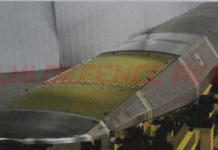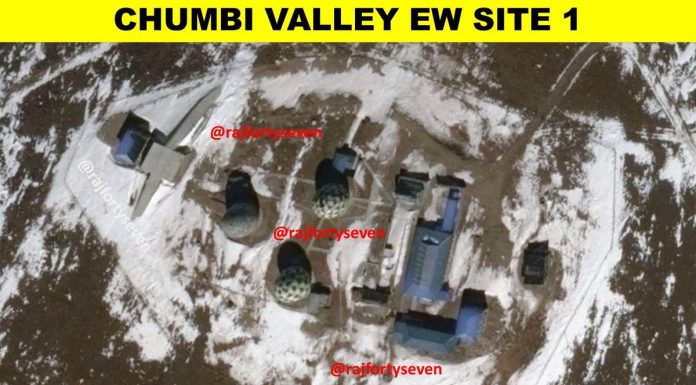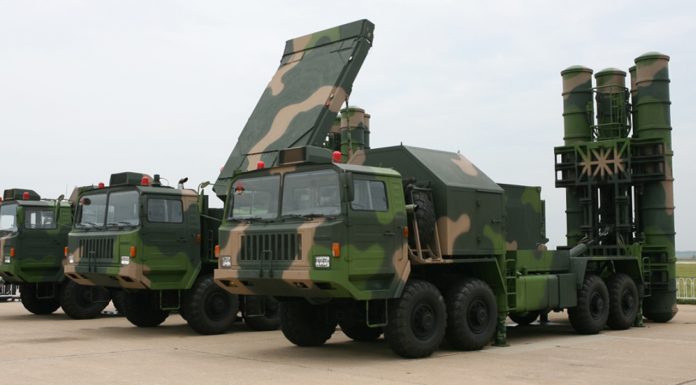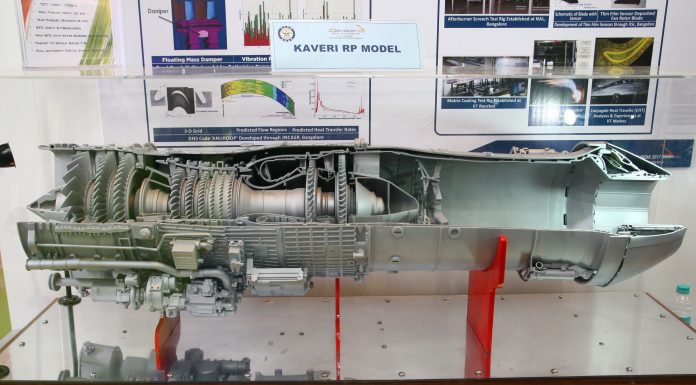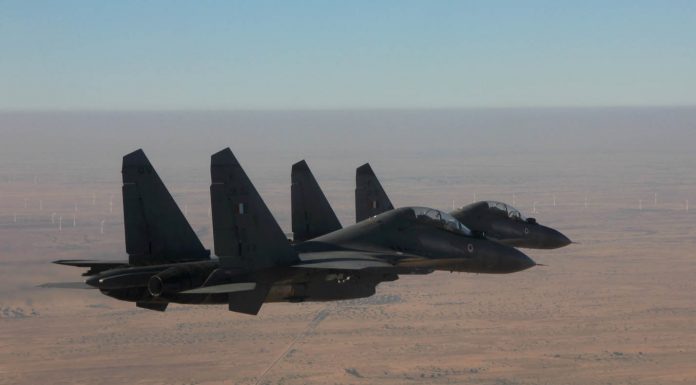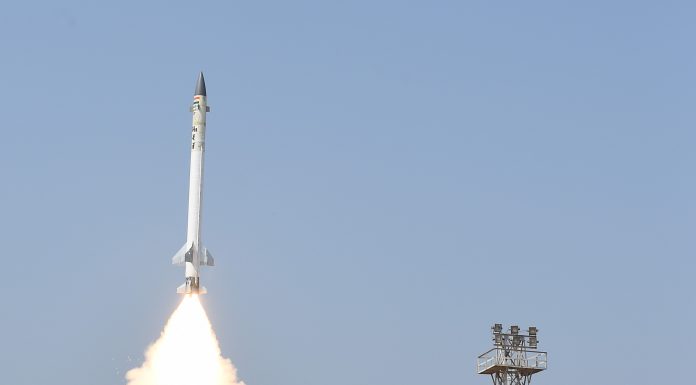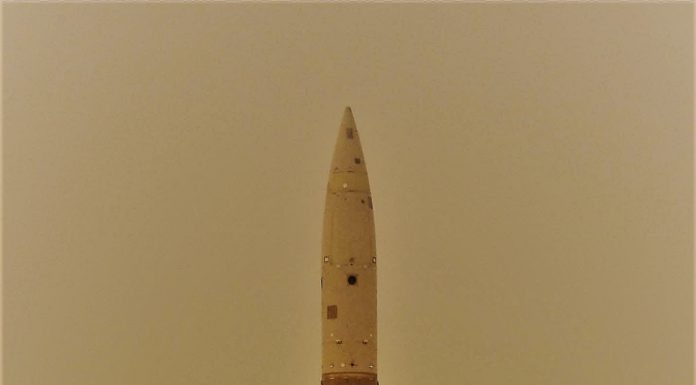It has been understood since at least 1988, which was when the People’s Liberation Army Ground Force (PLAGF) first started work on a road towards Yatung, that China’s primary aims in the Chumbi Valley (CV) were two-fold:
First, to...
This marks the conclusion of our 3-part series (read the first two parts here and here) on China’s integrated air defence system (IADS). This last installment focuses on China’s AD network in Tibet, since that is the place where...
Heading into the 1990s China's air defence (AD) network had found itself straddled with a mass of obsolete equipment & failed modernization programs. China's radar network at the time relied on 1950s Soviet equipment. The Airborne Early Warning &...
This is the first of a three part series on China’s Air Defence System. The other two parts which can be accessed here and here, will focus on Technology Trends and Air Defence Capability in Tibet.
A very brief history
The First...
Developing a modern low-bypass turbofan (LBTF) jet engine was never going to be easy. Especially, for a country that had never really invested in jet engine development, apart from attempts at upgrading imported engines and building some indigenous demonstrators.
As...
In March 2017, China opened an airport in Nyingchi, Tibet Autonomous Region (TAR), only 30 kilometers from the Line of Actual control (LAC) with India. This is the second largest airport in TAR and is closer to LAC than...
Military flight safety is an issue as old as military aviation itself. Though the Italians were the first to use airplanes in combat against the Turks in 1911, it was really in the First World War (WW1), that military...
In 2003, the then United States (US) Secretary of State, Colin Powell, called man portable air defence systems (MANPADS) ‘the most serious threat to aviation’. Even though the 2002 Mombasa Incident may have been the immediate reason for the...
After demonstrating a hit-to-kill interception with its PDV exo-atmospheric anti-ballistic missile (ABM) missile in February, the Defence Research and Development Organization (DRDO) has followed up that success by executing an intercept mission with its AAD endo-atmospheric interceptor earlier today....
The hit-to-kill (HTK) interception achieved by the Defence Research & Development Organization’s (DRDO’s) updated exo-atmospheric ‘PDV’ anti-ballistic missile (ABM) interceptor on February 11, 2017, was a watershed moment in the history of India’s ballistic missile defence (BMD) program. The...




